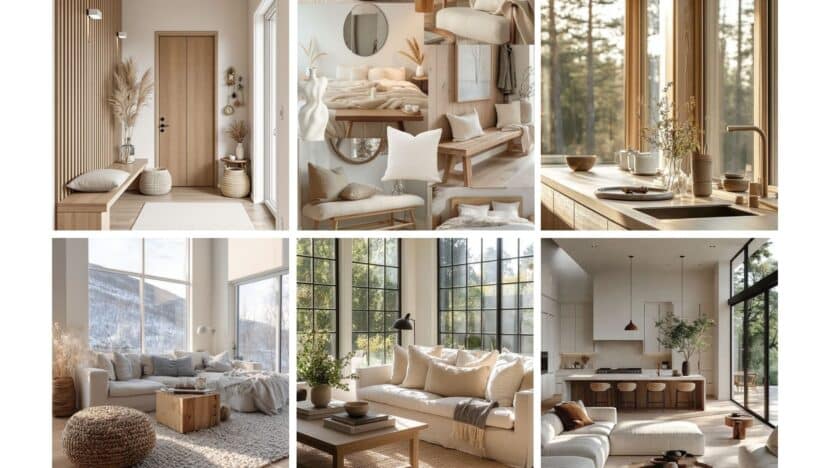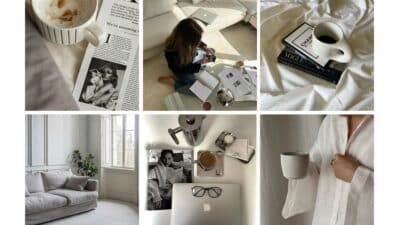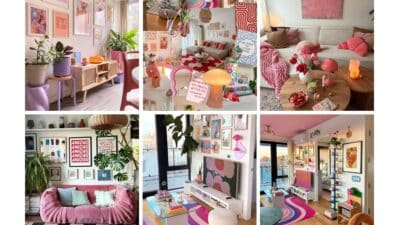Scandinavian coziness is more than a design trend—it’s a way to create calm, comfort, and warmth in your space. By weaving in natural textures, soft lighting, and thoughtful details, you can turn any room into a place that feels welcoming and peaceful. You bring hygge into your home by focusing on simplicity, comfort, and small touches that make everyday life feel more enjoyable.
You don’t need a full renovation to embrace this style. A few intentional choices, like adding soft textiles, warm light sources, and natural elements, can completely shift the atmosphere. The secret lies in balancing function with comfort so your home feels both practical and inviting.
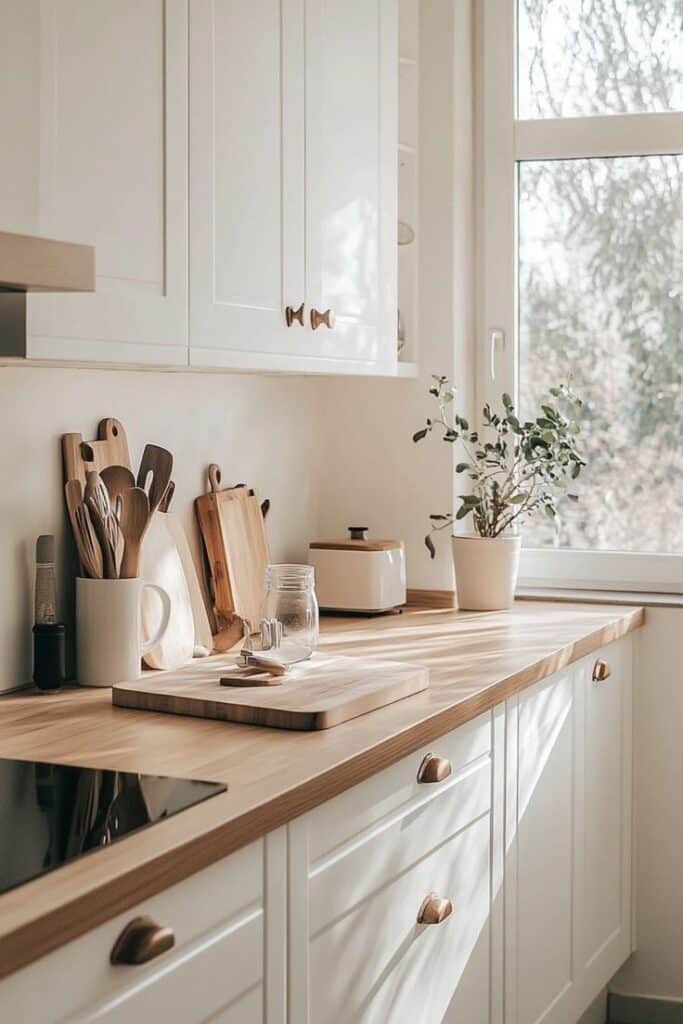
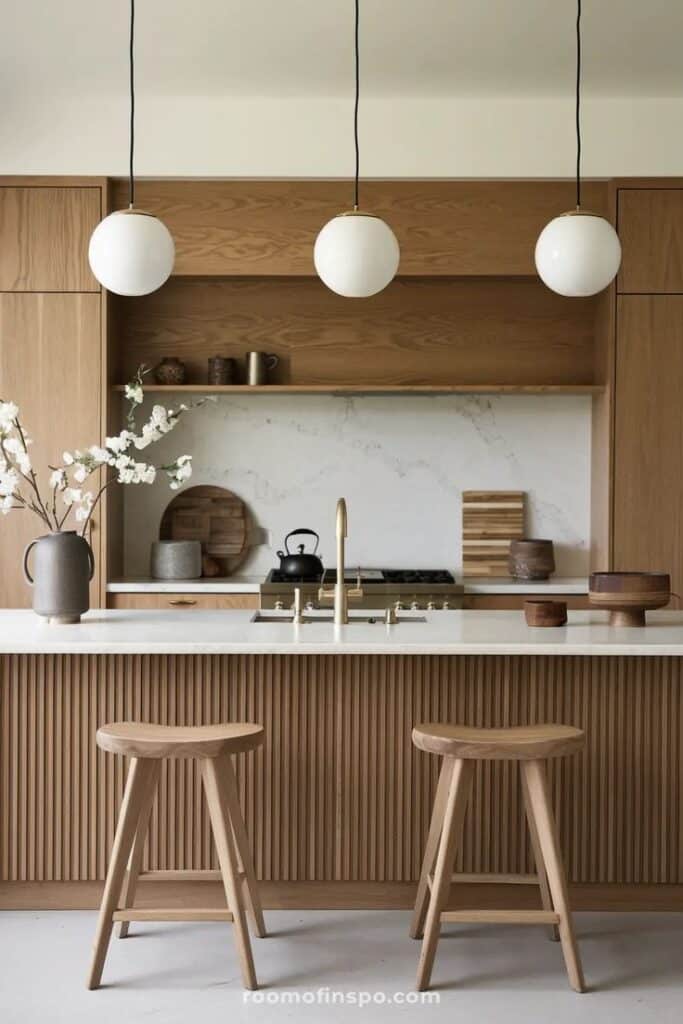
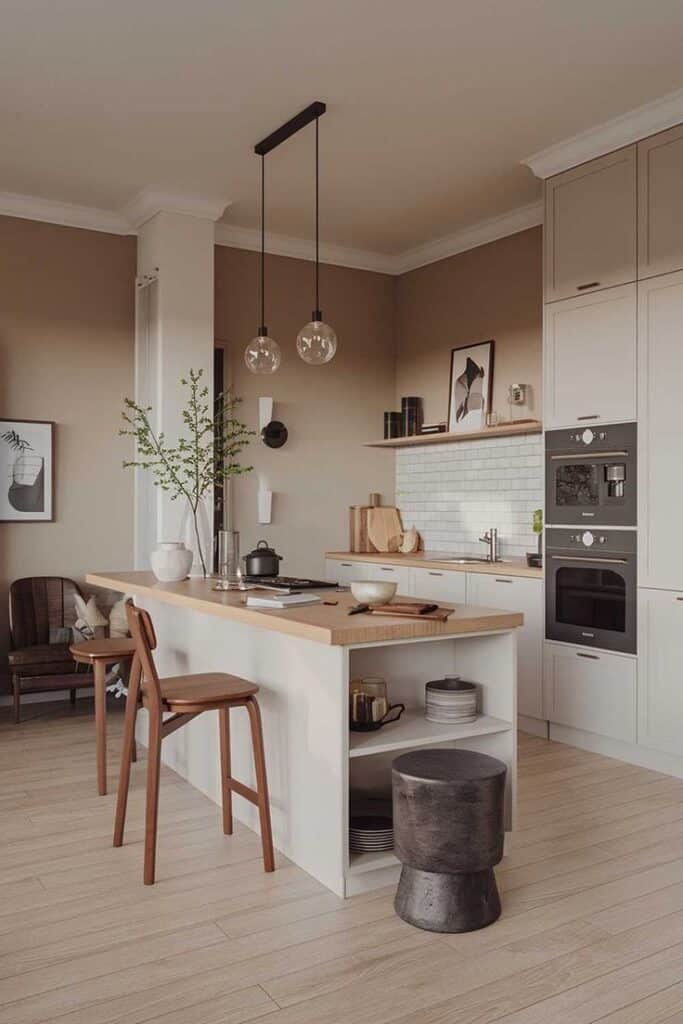
Key Takeaways
- Hygge creates warmth and comfort through simple, intentional choices
- Lighting, textures, and natural elements shape a cozy atmosphere
- Small changes in each room can transform your home into a relaxing space
Understanding Hygge: The Heart of Scandinavian Coziness
Hygge centers on creating comfort, warmth, and a sense of contentment in everyday life. It blends simple pleasures, thoughtful design, and meaningful routines that help you feel at ease in your own space.
The Danish Concept and Its Origins
Hygge is a Danish concept that dates back to the 18th century, rooted in the idea of everyday coziness and well-being. The word itself comes from a Norwegian term meaning “well-being,” but it became central to Danish culture as a way to endure long, dark winters.
You’ll find that hygge is not about luxury or excess. Instead, it emphasizes simplicity, warmth, and comfort. A lit candle, a cozy blanket, or a shared meal can all embody hygge.
In Denmark, hygge is seen less as a trend and more as a cultural foundation. It reflects the belief that small comforts—like warm lighting, natural textures, and close connections—can create a sense of security and contentment in daily life.
Hygge as a Lifestyle and Mindset
When you practice hygge, you focus on slowing down and appreciating the present. It’s less about design rules and more about how you use your space and time. You might brew tea, read under a soft lamp, or invite friends for a relaxed evening.
Hygge is both physical and emotional. Physical elements include cozy textiles, natural wood, and soft lighting. Emotional elements involve feeling safe, cared for, and connected to others.
You can think of hygge as a mindset that values balance and presence. Instead of chasing constant productivity, you allow room for comfort and enjoyment. This approach helps you feel more grounded and less rushed in your everyday routines.
Benefits of Embracing Hygge at Home
Bringing hygge into your home can improve how you feel in your space. A cozy environment encourages relaxation and reduces stress, especially during colder months. Soft textures, warm lighting, and uncluttered design help create a calm atmosphere.
Hygge also strengthens relationships. Sharing a meal, playing a board game, or simply talking in a warm setting makes your home feel inviting. These small acts foster connection and belonging.
The benefits extend to your well-being. By surrounding yourself with comfort and warmth, you create a space that supports contentment. Even simple adjustments—like adding candles or a favorite blanket—can make your home feel more nurturing and restorative.

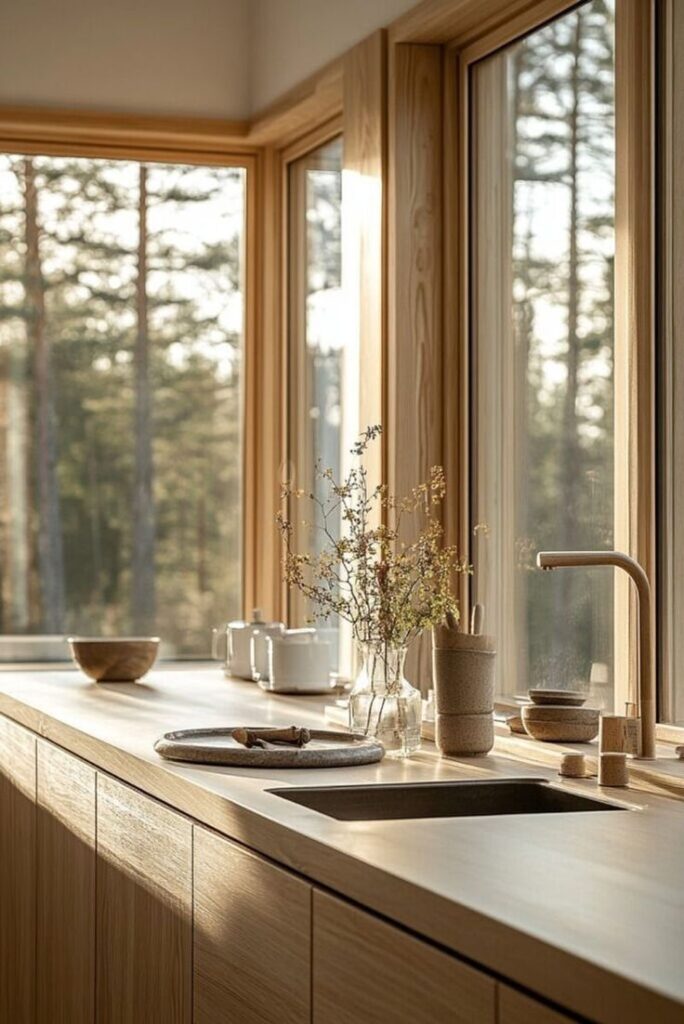
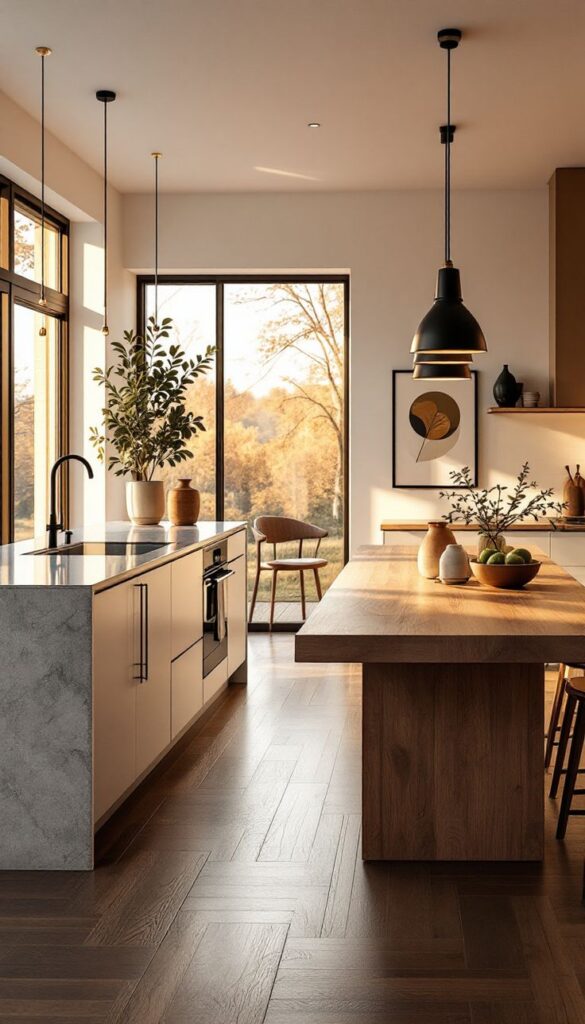
Essential Elements of Hygge Interior Design
Hygge interior design focuses on creating a calm, welcoming atmosphere through thoughtful choices in color, texture, materials, and layout. You can achieve this by balancing warmth and simplicity while letting natural elements and soft details set the tone for your home.
Warm and Neutral Color Palettes
A hygge-inspired space often starts with a neutral color palette. Soft shades of beige, cream, and gray create a backdrop that feels warm without being overwhelming. These tones help light reflect naturally, making your rooms feel brighter and more open.
You can also use earthy tones like muted browns, soft greens, or warm terracotta to add depth. These colors pair well with natural materials such as wood and stone, reinforcing the calm and grounded feel.
When choosing paint or textiles, stick to a consistent palette. For example:
- Base colors: white, cream, beige
- Accent colors: soft gray, taupe, sage green
- Highlight tones: terracotta, muted rust
This approach keeps your space cohesive and avoids visual clutter.
Layered Textures and Soft Textiles
Texture plays a central role in hygge interior design. You can bring comfort into your home by layering soft textiles like linen curtains, cotton throws, and wool or knitted blankets. Each material adds a different tactile quality, making the room feel inviting.
A mix of textures keeps your space from looking flat. For example, pair a smooth linen sofa cover with a chunky knit blanket and a soft wool rug. This layering adds warmth without needing bold colors or patterns.
Consider adding soft blankets to reading corners, draping a knitted throw over your bed, or placing cushions of different fabrics on your sofa. These small details make your home feel more lived-in and cozy.
Natural Materials and Organic Elements
Hygge design values a strong connection to nature. You can achieve this by using natural materials such as wood, stone, rattan, and clay. Wooden furniture with visible grain, stone tabletops, or woven rattan baskets bring an organic feel to your rooms.
Adding plants also enhances the sense of calm. Even a few potted herbs in the kitchen or a leafy plant in the living room can make the space feel more balanced.
Focus on pieces that highlight craftsmanship and authenticity. A wooden dining table, a rattan chair, or a stone vase can serve as both functional and decorative elements. These choices ground your home in simplicity and comfort.
Minimalism and Clutter-Free Spaces
Hygge embraces minimalism, but it’s not about empty rooms. Instead, it’s about keeping only what adds value or comfort. A clutter-free space allows you to relax without feeling overwhelmed by excess objects.
Start by choosing furniture with clean lines and practical uses. Scandinavian design often favors multi-functional pieces, like storage benches or nesting tables, to help you stay organized.
Keep surfaces clear and display only a few meaningful items, such as a candle, a favorite book, or a ceramic bowl. This approach creates a sense of order while still feeling personal.
By focusing on simplicity, your home becomes easier to maintain and more enjoyable to spend time in.


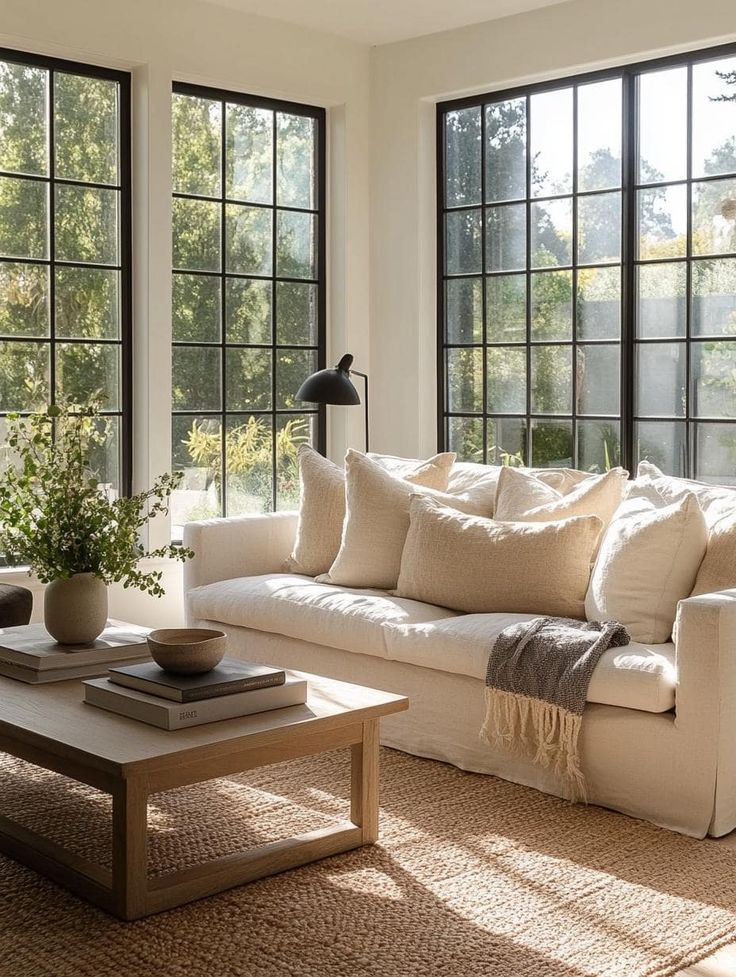
Creating a Cozy Atmosphere with Lighting
Lighting shapes how your home feels by influencing mood, comfort, and warmth. Choosing the right mix of soft tones, layered sources, and decorative details helps you create a space that feels welcoming without relying on harsh overhead brightness.
Soft and Warm Lighting Choices
Start with warm lighting instead of cool-toned bulbs. Light in the range of 2700K–3000K creates a soft, golden glow that feels comfortable and calm. Avoid stark white or blue light, which can make a room feel sterile.
Use table lamps and floor lamps with fabric or frosted shades to diffuse light evenly. This prevents sharp shadows and keeps the room balanced.
You can also place lamps at different heights around the room. For example, a floor lamp near a reading chair and a small lamp on a side table create gentle layers without overwhelming the space.
Choose dimmable fixtures when possible. With adjustable brightness, you can shift from functional lighting during the day to a softer atmosphere in the evening.
Candlelight and Ambient Glow
Candlelight is one of the easiest ways to bring hygge into your home. The natural flicker creates movement and warmth that no electric bulb can fully replace.
Cluster candles of different sizes on a dining table, windowsill, or coffee table. Use unscented candles if you want to avoid competing with food aromas, or choose subtle scents like vanilla or pine for a seasonal touch.
For safety and convenience, LED candles are a practical alternative. They mimic the soft flicker without open flame, making them suitable for bedrooms or homes with children and pets.
You can also add string lights or fairy lights for a similar ambient glow. Draped along shelves, headboards, or curtain rods, they provide a decorative sparkle that feels relaxed rather than formal.
Layered Lighting Techniques
Relying on a single light source can leave a room feeling flat or too bright. Instead, use layered lighting to create depth and flexibility.
Combine three levels:
- Ambient lighting for general brightness (ceiling fixtures or large lamps).
- Task lighting for focused activities (desk lamps, reading lights).
- Accent lighting to highlight features (wall sconces, picture lights).
By mixing these, you can adjust the atmosphere depending on time of day or activity. For example, keep a soft floor lamp on in the evening while dimming overhead lights.
This approach also helps smaller spaces feel more inviting. Even a compact apartment benefits from multiple light sources spread across the room instead of one central fixture.
Decorative Lighting Features
Lighting doesn’t have to be purely functional. Decorative fixtures add personality while still supporting a cozy atmosphere.
Consider lamps with wooden bases, woven shades, or ceramic finishes. These natural textures fit well with Scandinavian-inspired interiors and contribute to a sense of warmth.
String lights and fairy lights can act as both decoration and subtle illumination. Wrap them around a mirror, line them across a shelf, or place them inside a glass jar for a soft glow.
Pendant lights with warm-toned bulbs also serve as design elements. A simple linen or paper shade diffuses light beautifully and complements minimalist décor.
By choosing fixtures that double as decor, you make lighting an integral part of the room’s style while keeping the atmosphere relaxed and cozy.
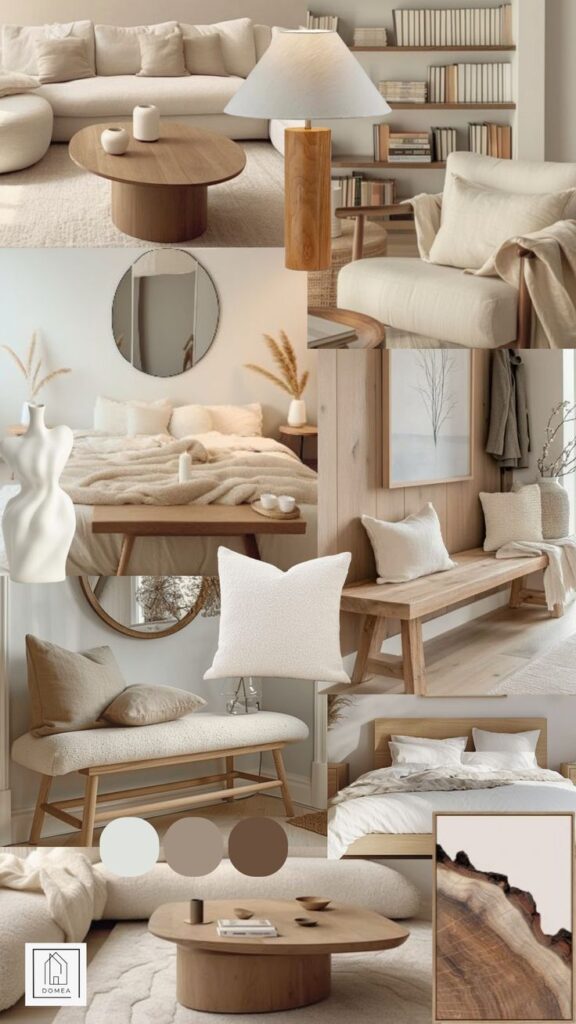
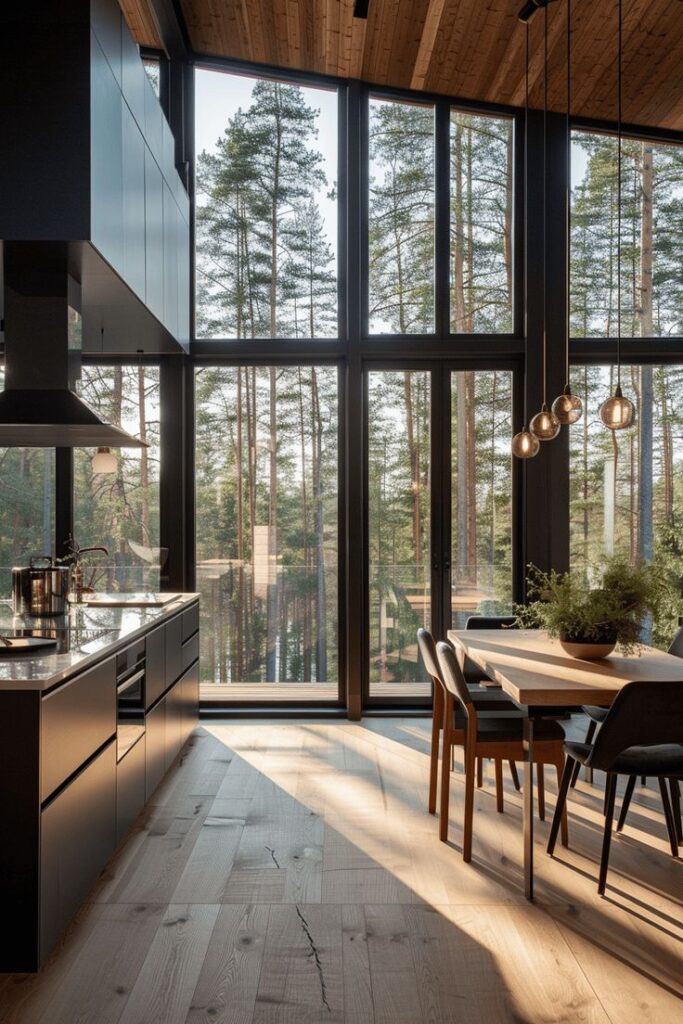
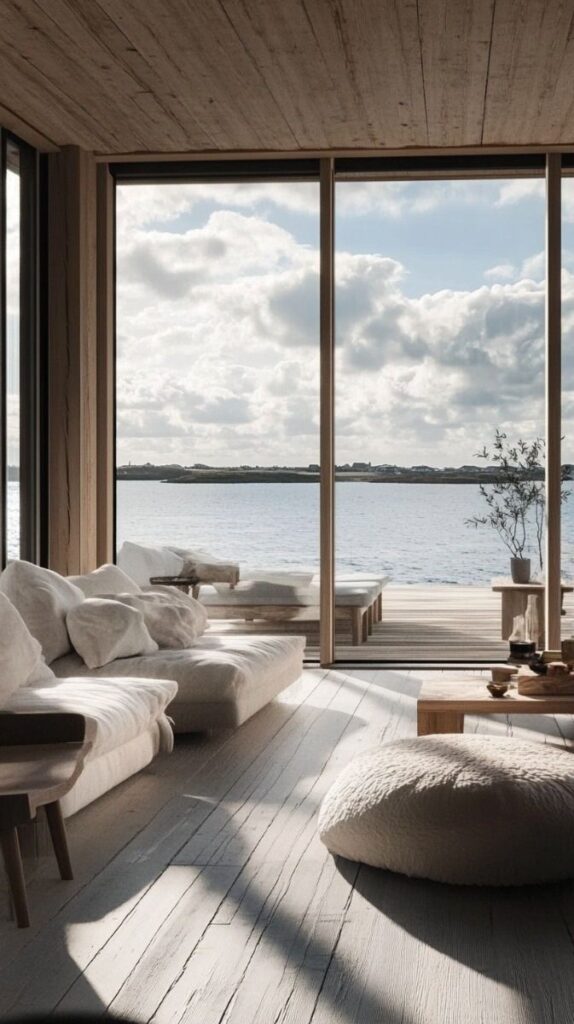
Room-by-Room Guide to Hygge Home Decor
Creating a hygge home means paying attention to comfort, function, and atmosphere in every space. By combining natural light, thoughtful furniture choices, and cozy details, you can design rooms that feel warm, practical, and welcoming.
Hygge Living Room Retreat
Your living room often sets the tone for the rest of your home. To make it hygge, focus on soft lighting, functional furniture with clean lines, and natural textures. Use large windows to bring in natural light during the day, then switch to warm lamps and candles in the evening.
Layer textiles like a soft blanket, wool rug, and linen cushions to create depth. A mix of neutral tones with touches of greenery, such as snake plants, adds balance and freshness.
Keep furniture practical but comfortable. A low-profile sofa, a wooden coffee table, and simple storage solutions help maintain a clutter-free look without losing coziness. This creates a relaxing atmosphere where you can gather with friends or enjoy quiet evenings.
Hygge Bedroom Sanctuary
Your hygge bedroom should feel restful and calm. Start with neutral bedding in cotton or linen, then add extra layers such as quilts or knitted throws for warmth. Choose a comfortable chair in the corner for reading or winding down before bed.
Lighting is key. Replace harsh overhead lights with soft bedside lamps or wall sconces. Use blackout curtains if you want better sleep, but let in natural light during the day to keep the room airy.
Add simple storage solutions like woven baskets or under-bed drawers to reduce clutter. A small plant near the window, such as a snake plant, can improve air quality while reinforcing the natural feel of Scandinavian home decor.
Cozy Reading Nook Ideas
A reading nook doesn’t need much space. All you need is a comfortable chair, a small side table, and good lighting. Place the chair near a window to take advantage of natural light, then add a floor lamp for evenings.
Drape a soft blanket over the chair and keep a stack of books within reach. A small rug underfoot makes the spot warmer and more inviting.
If possible, position the nook away from distractions to create a sense of retreat. Add greenery nearby, such as a potted plant, to bring life to the corner. These small touches make the nook a favorite spot for quiet time.
Inviting Bathroom and Dining Spaces
Bathrooms and dining rooms often get overlooked, but they play a big role in hygge home decor. In the bathroom, keep things simple with plush towels, wooden accents, and soft lighting. A small plant can make the space feel fresher and more relaxing.
In the dining area, focus on connection and comfort. Use a solid wood table with clean lines and pair it with sturdy, functional chairs. Keep the table uncluttered but add a few candles or a small vase of greenery for warmth.
Both spaces should feel practical yet welcoming. By combining natural textures, thoughtful lighting, and uncluttered design, you create rooms that encourage relaxation and togetherness.


